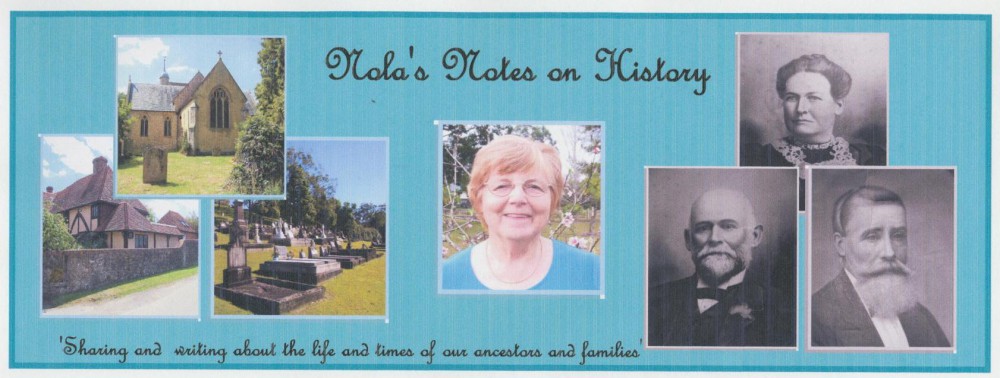In previous classes, we looked at birth and marriage certificates in Australia. We also used our own birth certificate to gather clues to assist us to step back to another generation in our family history.
However, birth certificates seldom help with finding our ancestors’ death certificates. Occasionally if one of the parents is deceased at the registration of that birth the fact may be noted on a certificate but not always.
Death certificates are probably the most difficult of the three events of birth, death or marriage to track down. The information on them may be the most unreliable too. The person whose death is being registered may not be known by the informant or little more than their name. The fact that they were married or had children or the names of their parents may not be known.
There is no central place for the registration of deaths in Australia. Each state has a Registrar of Births, Deaths, and Marriages in their capital city. Until recently the deceased’s family and friends were responsible to register a death.
Now the undertaker needs to supply information on a death to obtain a license to bury or cremate. Once people were able to bury where they wished, but after the beginning of registration of deaths, all burials were to take place in a designated burial ground. The friends and family had a specific time to register a death with the Registrar’s Office-usually at the local Court House, but for various reasons, this didn’t always happen.
In recent years each of the Registrar of Births, Deaths, and marriages in each state has built a website where you can search for free their indexes. These can be found at:-
https://www.familyhistory.bdm.qld.gov.au/
https://www.justice.tas.gov.au/bdm/home
https://nt.gov.au/law/bdm/search
However, just as there are a hundred years for births and a fifty-year rule for marriage certificates, there is a thirty-year rule for deaths. That means you cannot get a death certificate for a death that took place less than thirty years ago.
Be aware that each of these indexes in each state is a little different. For example in the death index for Queensland, the actual date of death is given but in New South Wales only the year of registration is given.
On each of these indexes, the name of the deceased, date or year of registration of the death is given as well as the parent’s names if known.
Of all the certificates, the information on a death certificate is possible the most unreliable. The informant of the death may have known very little about the deceased particularly the names of parents, spouse or children. For this reason alone it is important to get further documents that may confirm the information given on a death certificate.
Just as you may not be able to find a reference in the indexes for a birth or marriage you may not be able to find a death registration. Sometimes this is because you are not using the spelling of the names used at the registration. However, the death may not have been registered in the first place.
Remember you are looking for information for the death event. There are many records that give you information on a person’s death. Some of these you may be able to get even if the death took place less than thirty years ago. You may find a death certificate; death certificate transcription; Church burial register; Church/Civil burial memorabilia; church/civic funeral order of service; photographs and/or video of funeral/burial service; photographs and/or video of interment of ashes; undertakers records/municipal burial records; newspaper death/funeral notice; obituary; newspaper memorial notice; memorial cards; memorial plaque or headstone; inquest report; original and /or copy of will and testament; probate/letters of administration notice/ family register in bible or prayer book; letters and diaries/ oral and personal recollections by family and friends.
This is not a definitive list and you could possibly think of others. You will not be able to get all these records for each death. They are just a guide.
I have used the above list to make myself a datasheet to put in my files on each individual.

A pdf download of the data-sheet can be found on this website under the Resources and Examples Tab.
Many of these records you may find in family papers. I have found a number of these for my mother’s death and have entered them into my data sheet below.

If someone shares these documents with you, please record them as the source of the document with their name, date, and address, on your document copy. Back or front depending on your skills and preference. Just because you now have a copy, please remember this is not your document to scan and put up on the Internet.
It is good family history manners even if you create your own document, such as a transcription, which is quite legal, you should get permission from the original owner to share the information and give them credit for originally sharing with you. Later down the track, they are then likely to share more with you, and you will feel comfortable sharing with them, as you will expect the same courtesy.
Now just a word of warning about using indexes. They do not have the full information a certificate has. If you only use an index make sure it is the Registrar of Births, Deaths and Marriages website. Transcription errors often creep into copies, which can put your research away off track.
Continue to be very careful and diligent in your research.
